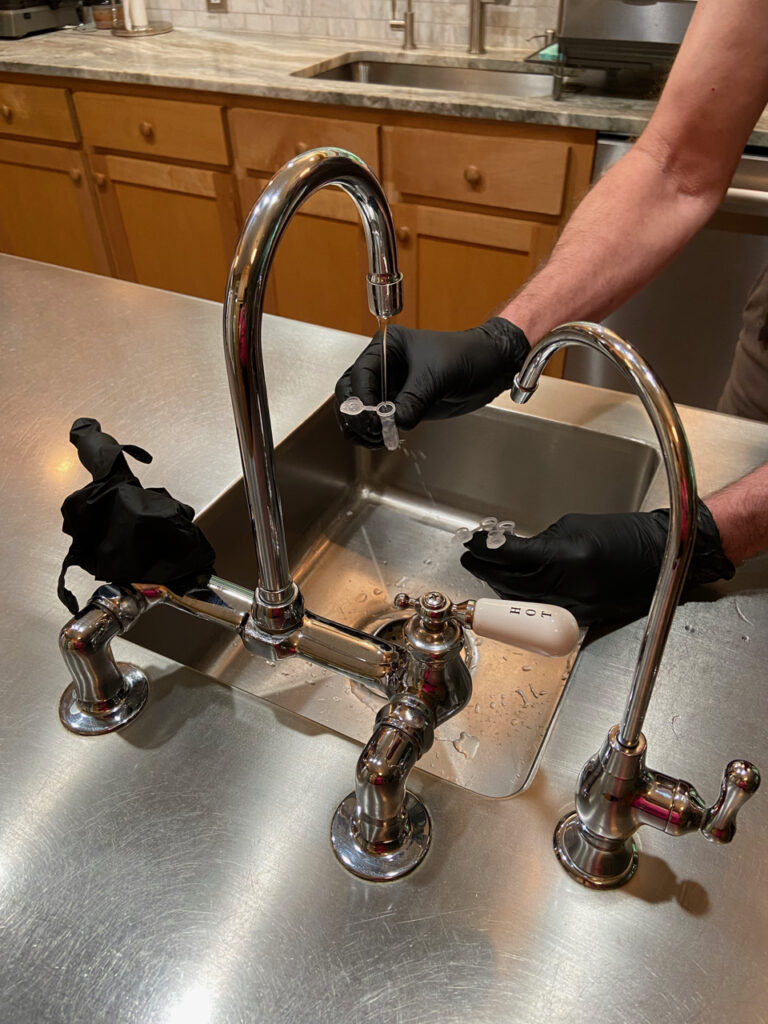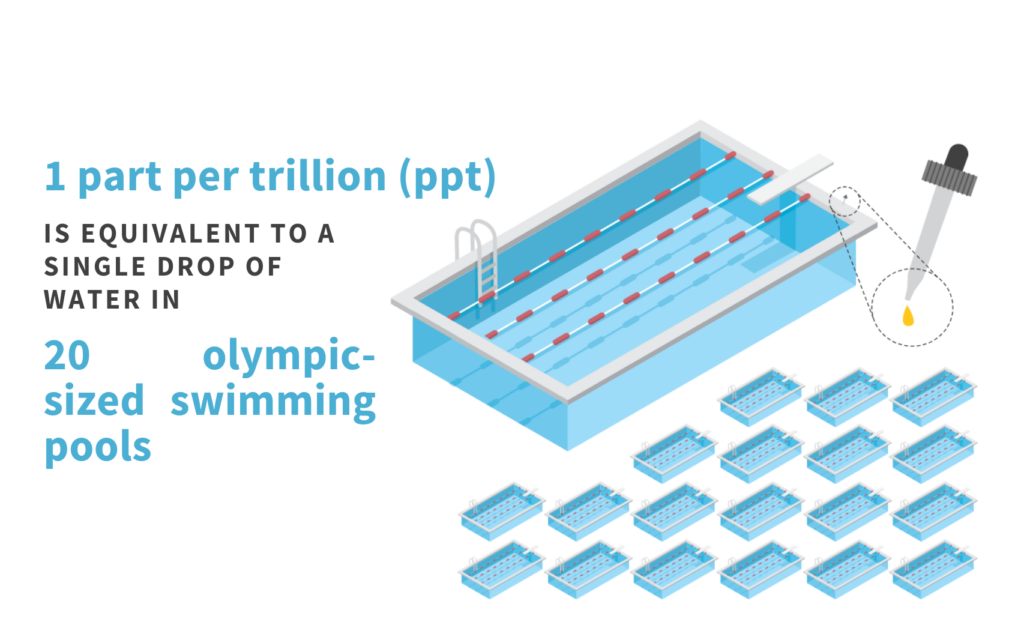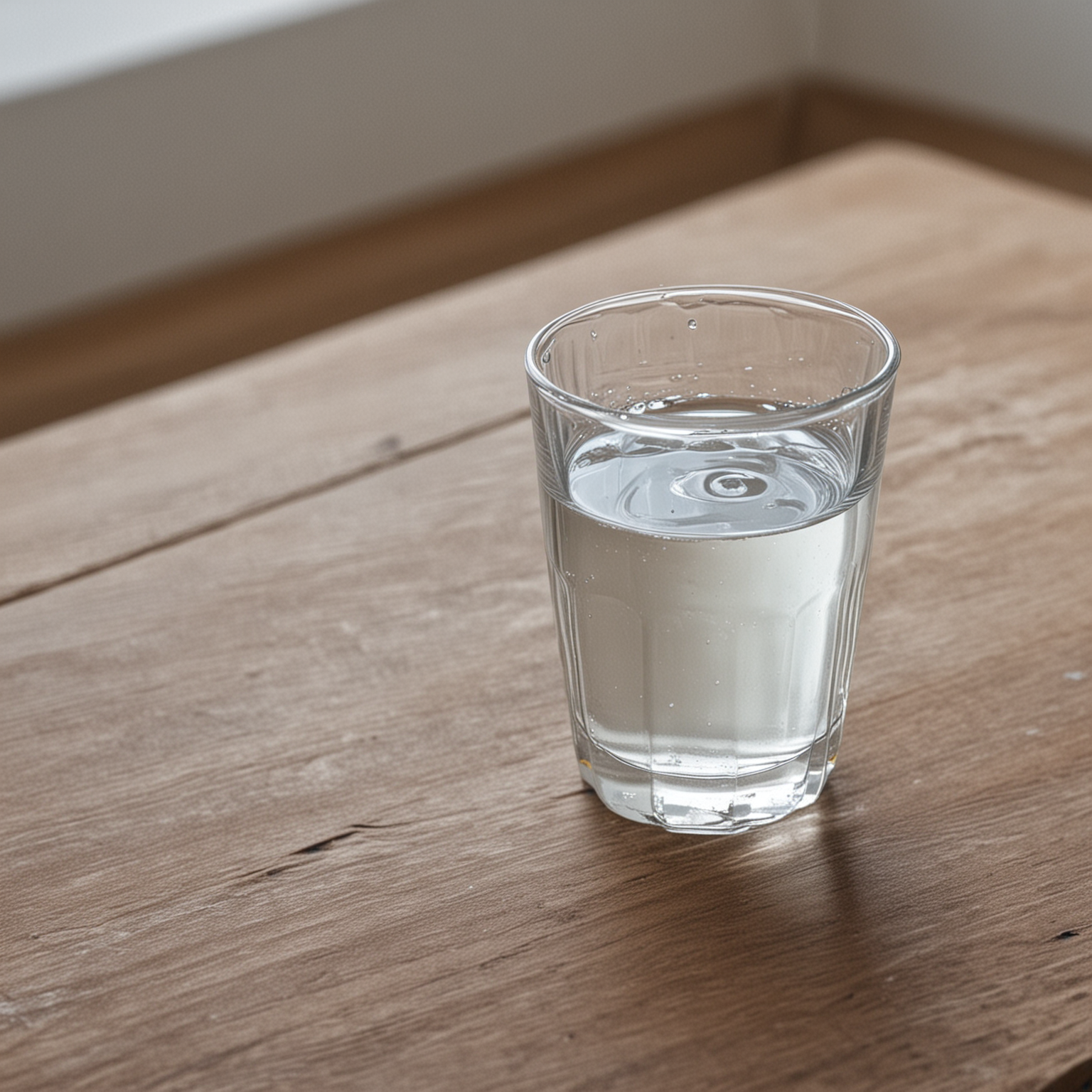In a landmark decision, the Environmental Protection Agency (EPA) has issued a new rule that marks a significant step forward in the fight against per- and polyfluoroalkyl substances (PFAS), often dubbed “forever chemicals” due to their persistent nature in the environment. This rule requires water treatment facilities across the United States to adhere to stringent standards for the removal of specific carcinogenic PFAS from drinking water, reflecting a proactive approach to safeguard public health.
Understanding PFAS and Their Impact
PFAS are a group of man-made chemicals that have been used in various industries since the 1940s. Found in products like nonstick cookware, waterproof clothing, and stain-resistant furniture, these chemicals are resistant to water, oil, and heat, making them incredibly versatile. However, their stability also means they do not break down easily in the environment or the human body, leading to widespread contamination and exposure.
Long-term exposure to PFAS has been linked to serious health issues, including cancer, reproductive and developmental problems, immune system suppression, and other chronic conditions. The EPA’s new rule targets these chemicals to reduce their presence in drinking water and minimize associated health risks.

The EPA’s New Rule: A Closer Look
The EPA’s final rule sets enforceable limits for five individual PFAS chemicals: PFOA, PFOS, PFNA, PFHxS, and HFPO-DA (GenX Chemicals). Additionally, it establishes a Hazard Index level for mixtures of two or more of four PFAS: PFNA, PFHxS, HFPO-DA, and PFBS1.
Here’s a breakdown of the new Maximum Contaminant Levels (MCLs) and Goals (MCLGs):
- PFOA: MCLG of 0, MCL of 4.0 parts per trillion (ppt)
- PFOS: MCLG of 0, MCL of 4.0 ppt
- PFNA: MCLG of 10 ppt, MCL of 10 ppt
- PFHxS: MCLG of 10 ppt, MCL of 10 ppt
- HFPO-DA (GenX chemicals): MCLG of 10 ppt, MCL of 10 ppt
- Mixture of PFNA, PFHxS, HFPO-DA, and PFBS: Hazard Index of 1
The MCLG is a non-enforceable public health goal, indicating no known or expected risk to health, while the MCL is the highest level of a contaminant allowed in drinking water, enforceable by law1.
How much is 4 ppt?
4ppt is equal to finding 4 drops of contaminated water in 80 olympic-sized pools.

Implications and Future Outlook
The implementation of this rule is expected to reduce PFAS exposure for approximately 100 million Americans served by public drinking water systems. It’s a move that not only aims to prevent thousands of deaths and illnesses but also signals a shift towards more aggressive environmental policies under the Biden-Harris Administration.
To support public water utilities in meeting these new standards, the EPA has allocated $1 billion from the 2021 Bipartisan Infrastructure Law. This funding will assist with PFAS testing and treatment, ensuring that communities impacted by PFAS contamination receive the necessary support2.
While some critics argue that the rule should encompass a broader range of PFAS chemicals, given that there are over 15,000 known variants, this regulation is a critical first step in addressing a complex issue that has affected communities for decades.
Enviornmental Activist and Actor Mark Ruffalo Releases Statement on the EPA Announcement
Enviornmental Activist and Actor Mark Ruffalo on the Environmental Protection Agency’s new PFAS drinking water standard.
After decades of delay, President Biden’s EPA has delivered a drinking water standard for PFOA and PFOS which, when finalized, will be the toughest in the nation. By proposing to regulate four other PFAS as a mixture, the Biden EPA is also putting our communities ahead of the polluters. President Biden and his team pledged to make PFAS a priority and he has delivered. No Administration has done more to address the urgent threat posed by these toxic forever chemicals than the Biden Administration.My message to polluters is simple: after poisoning your workers and neighbors for decades, it is time to make our public health, not your profits, our top priority.
My message to communities devastated by PFAS pollution is equally simple: help is finally on the way.
https://www.instagram.com/p/C5mNGnQLzFL/?igsh=MTU1eTh0enZhZnVmYQ==
How to Avoid Exposure to PFAS?
Lowering the amount of PFAS in drinking water is among the most effective ways to reduce PFAS in your blood. This can be done by using reverse osmosis and carbon-based home water filters to help filter out PFAS in tap water. Check out this at home reverse osmosis water filter. The Bluevua Reverse Osmosis System is one of the most popular and effective counter top water filtration systems.
Other steps include changing your diet, cooking more at home with organic ingredients, and avoiding products made with PFAS such as non-stick cooking pans.
Conclusion
The EPA’s new rule on PFAS removal from drinking water is a testament to the agency’s commitment to public health and environmental protection. As water treatment facilities gear up to comply with these regulations, we stand on the cusp of a new era where clean, safe drinking water is not just a necessity but a guaranteed right for all.
For more information on the EPA’s rule and PFAS, visit the official EPA website1 or read the full CBS News report2.



